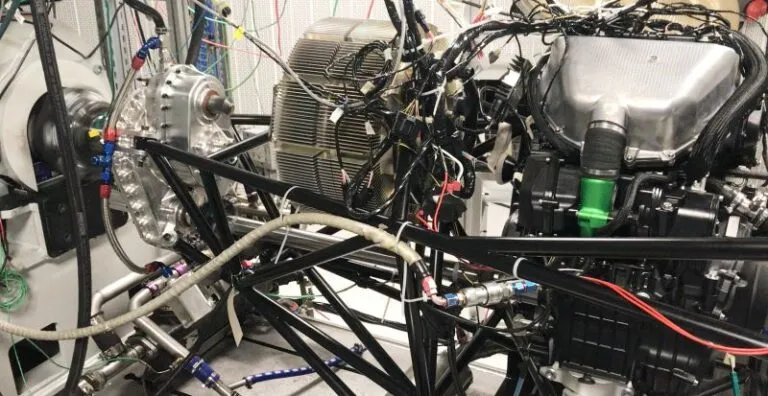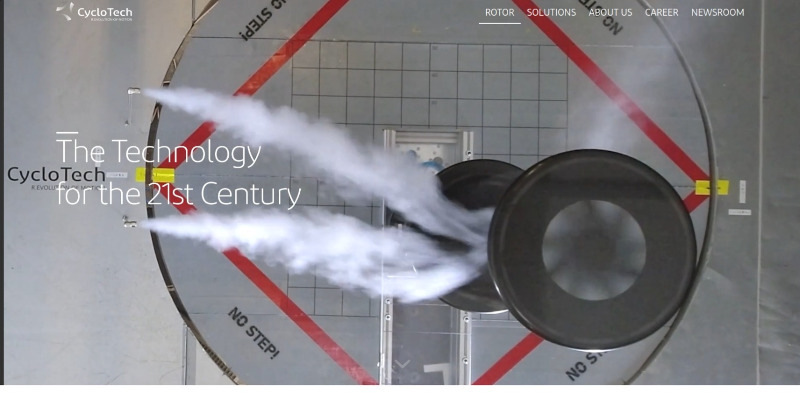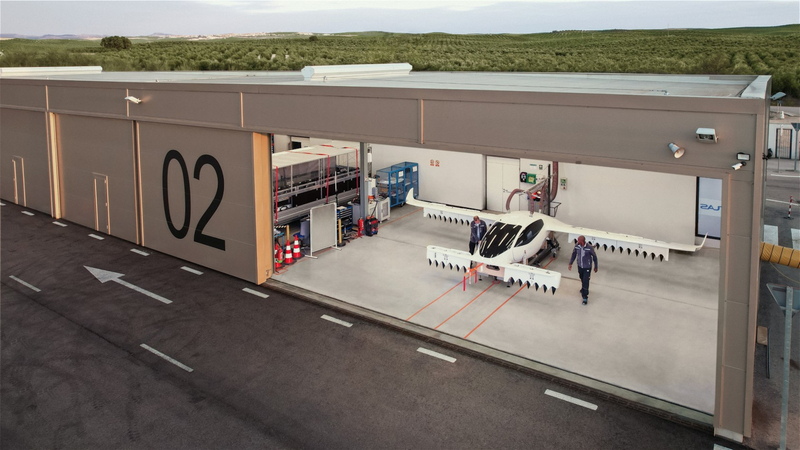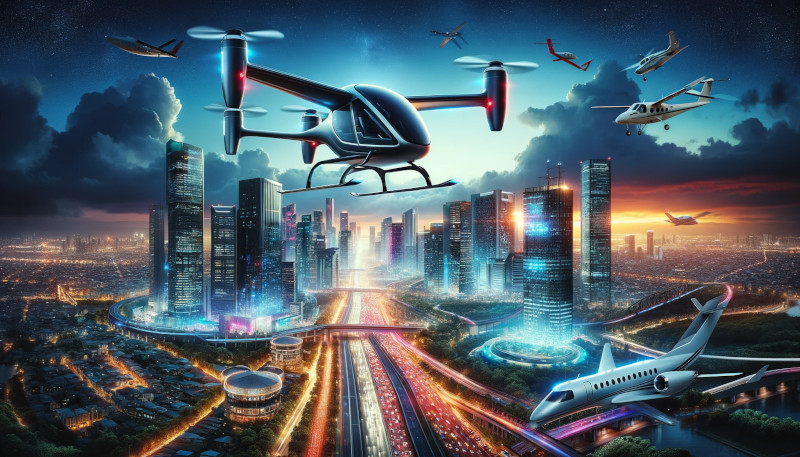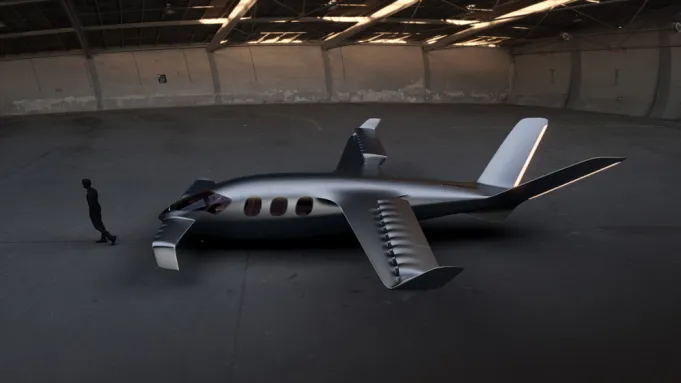French aircraft developer VoltAero has reached a significant milestone in its mission to produce an efficient and eco-friendly electric-hybrid aircraft. The company has begun certification testing of the parallel hybrid-electric powertrain that will power its groundbreaking five-seat Cassio 330 aircraft.
Integrating Key Components for Optimal Performance
The Cassio 330's hybrid-electric powertrain, currently undergoing ground-based certification testing, seamlessly integrates two critical components:
- Safran Electrical & Power's ENGINeUS™ 100 smart electric motor
- delivering 180 kilowatts of power
- a 150-kilowatt high-performance four-cylinder thermal engine derived from Kawasaki's iconic Ninja® motorcycle
These elements deliver a combined electric-hybrid output of 330 kilowatts, providing the necessary power for various flight phases. The overall powertrain architecture has already been validated through extensive flight testing using VoltAero's Cassio S testbed aircraft, a modified Cessna 337 Skymaster. Since October 2020, the Cassio S has performed over 230 flights, accumulating more than 170 flight hours and covering 15,000 kilometers while visiting over 40 airports. These flights have validated VoltAero's proprietary powertrain design and demonstrated its capability to operate with 100% sustainable aviation fuel (SAF), resulting in an impressive 80% reduction in CO2 emissions when used in electric-hybrid mode.
Optimizing Power Output for Different Flight Phases
The Cassio 330's powertrain is designed to deliver optimal performance during different stages of flight. During high-demand flight phases such as takeoff and climb, the powertrain can achieve a peak power output of 330 kilowatts, ensuring that the aircraft rapidly gains altitude and maintains performance under heavy loads. This peak power is a combined output from the electric motor and the thermal engine, providing the necessary thrust to meet the demands of these critical flight phases.
During cruise flights, the Cassio 330 operates at a sustainable power level called continuous power output, lower than the peak output[13]. This power level is designed to optimize fuel efficiency and reduce wear on components, allowing the aircraft to maintain steady flight while maximizing the efficiency of the hybrid powertrain's electric and thermal components.
Overcoming Integration Challenges
Integrating components from different domains, such as the aviation-focused Safran ENGINeUS™ 100 electric motor and the automotive-derived Kawasaki thermal engine, presents unique challenges. VoltAero has undertaken several measures to achieve seamless integration, including:
- Utilizing sophisticated control algorithms to manage the hybrid system's power distribution, ensuring smooth transitions between electric and thermal power.
- Implement rigorous testing protocols to validate the integrated powertrain's performance and reliability, including extensive ground-based and flight testing.
- Addressing the electric and thermal components' differing cooling requirements ensures optimal operating temperatures are maintained.
Expanding the Cassio Family
Following the Cassio 330, VoltAero plans to introduce two larger models in the Cassio family. The Cassio 480, expected 18 months after the Cassio 330, will be configured with five seats and a combined electric-hybrid propulsion power of 480 kilowatts, making it well-suited for regional travel and air taxi services. It will utilize Kawasaki Motors' six-cylinder thermal engine[13]. The Cassio 600, the largest model, will accommodate 10 to 12 passengers with an increased electric-hybrid propulsion power of 600 kilowatts.
Advancing Sustainability in Aviation
VoltAero is committed to advancing sustainability in the aviation industry. The company is pursuing sustainable aviation fuel and hydrogen in future Cassio models to enhance their sustainability further and contribute to the decarbonization of the aviation industry.
The Cassio 330's electric propulsion is powered by Safran Electrical & Power's ENGINeUS™ 100 smart electric motor, which delivers 180 kilowatts of power. This high-performance electric motor is a key component of VoltAero's parallel hybrid-electric powertrain, providing efficient and eco-friendly propulsion during taxi, takeoff, landing, and short-distance flights of less than 150 kilometers.
The Cassio 330's battery management system (BMS) is another critical component that ensures the safe and efficient operation of the aircraft's lithium-ion battery pack. The BMS continuously monitors and controls the battery's voltage, temperature, and state of charge while providing essential protection functions[8]. It employs advanced state of charge (SOC) and state of health (SOH) algorithms to accurately predict battery performance, aging, and potential cell failures, enhancing the battery system's overall safety, reliability, and longevity.
Conclusion
VoltAero's commencement of certification testing for the Cassio 330's hybrid-electric powertrain represents a significant step forward in the company's mission to develop a new generation of efficient, eco-friendly electric-hybrid aircraft. By integrating advanced components, optimizing power output for different flight phases, and addressing integration challenges, VoltAero is paving the way for a more sustainable future in aviation. With the expansion of the Cassio family and the pursuit of alternative fuels, VoltAero is poised to significantly impact the industry, offering a cleaner, quieter, and more efficient mode of transportation for regional travel, air taxi services, and private aviation.
